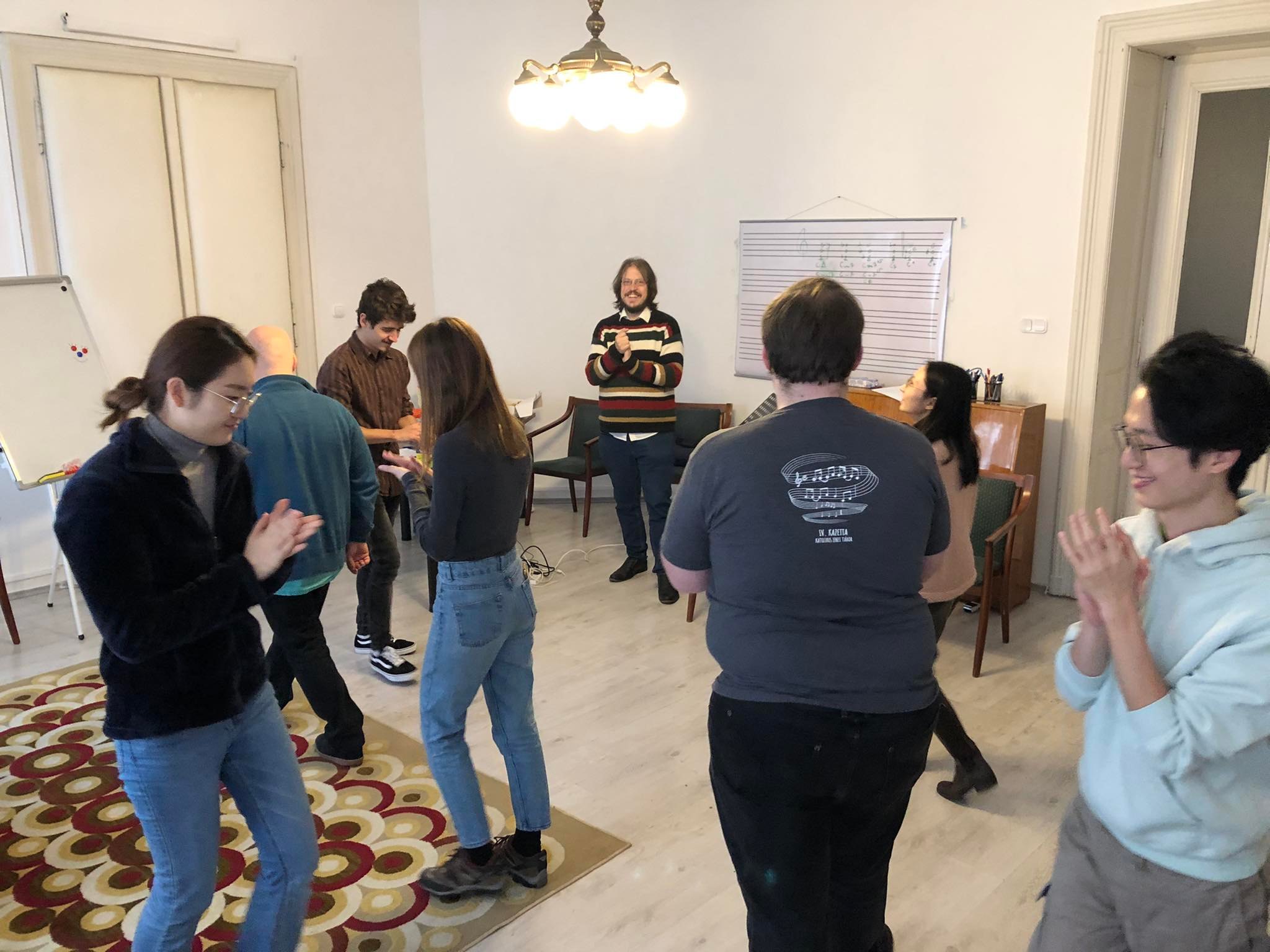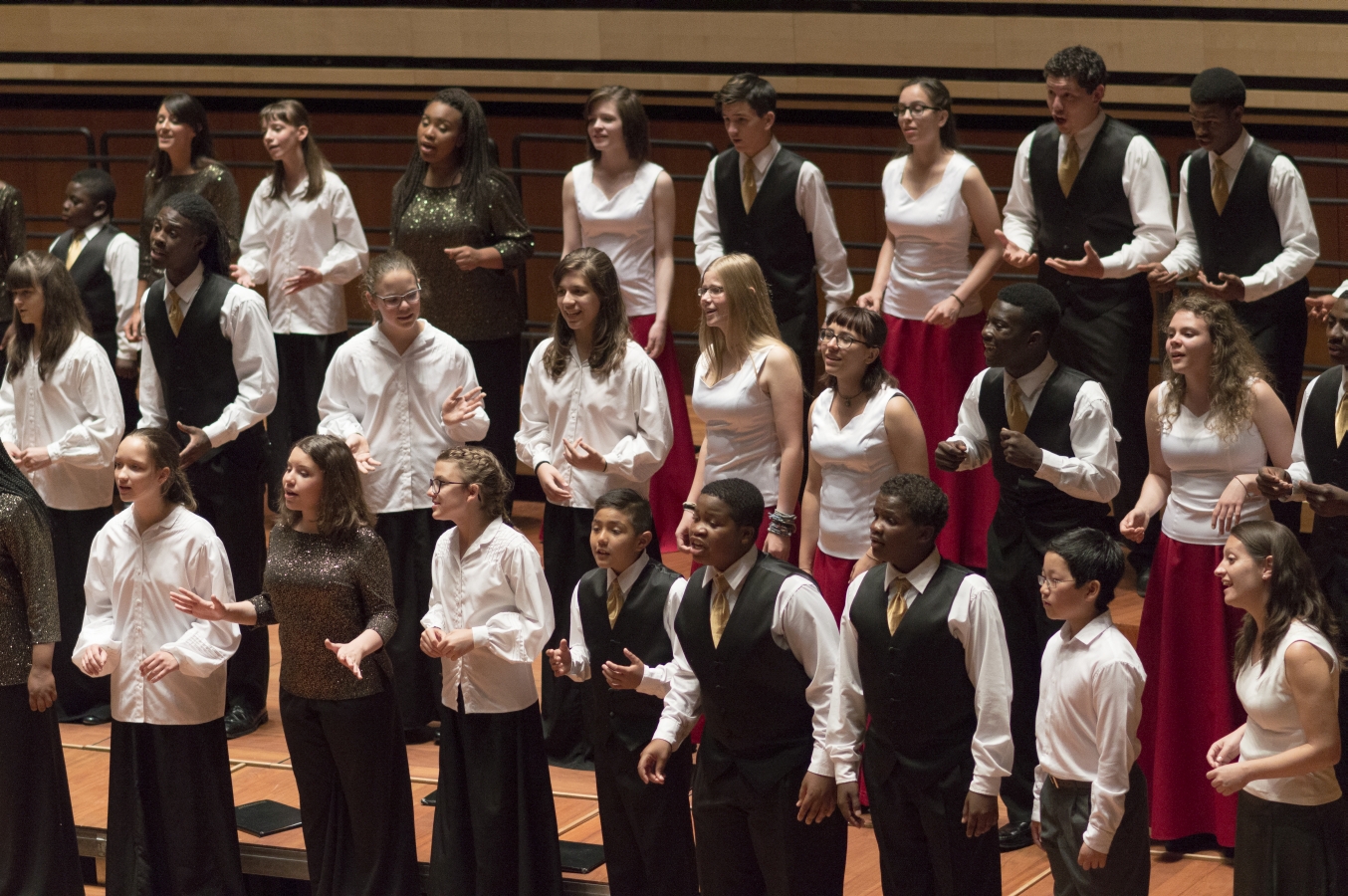Stop-walk
1

Category
vocal
rhythmic
instrumental
Age
10+
Number of participants
5+
Duration
approx. 10 min.
Working method
group work
Musical abilities of the trainers
1 2 3 4 5 6
Equipment and instruments
- optional: any type of instrument
Competences
- attention
- concentration
- creativity
- cooperation
- quick reaction
- team cohesion
Stop-walk
A general warm-up exercise that can also use musical sounds
as a command in a more creative form.
AIM
A general movement exercise in which musical commands can be used to direct group members. This is a useful team-building game, icebreaker, in which the participants can get to know music in a new aspect.
Description
The participants are placed randomly in the space.
At the leader’s command, the participants perform certain activities:
„WALK” – to go
„STOP” – to stop
Then you have to do the opposite:
„WALK” – to stop
„STOP” – to go
You can even go back to the original version so that they understand it literally, and you can change it several times.
You can expand the command words:
„JUMP” – to jump
„SQUAT” – to squat
and so on
With these expanded activities, you can also play the opposite, you just have to discuss exactly what each one means.
Level up!
Match each command word to general sound effects or music.
These can be imitations of animal sounds, car sounds, ringtones, different rhythms clapped, and of course they can also be musical – e.g. if there are instruments or vocals, the high-low sounds can be given meaning.







Recent Comments